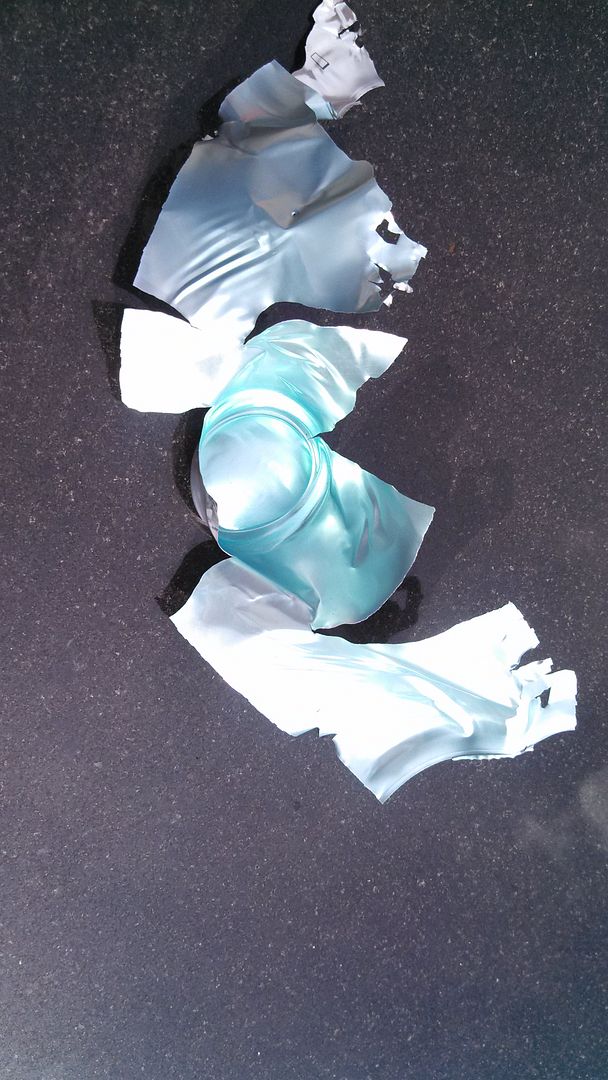OVERpenetration
A subject discussed a lot on the boards, (and in print before the web era) one that will probably be argued back and forth until/unless someone comes up with a magic smart bullet that doesn't miss, AND knows when it exits the intended target, and then instantly turns to mist.
I don't see that happening in the real world anytime soon, though. So lets talk about the real world pros & cons.
essentially, what it boils down to is risk assessment. What is the greater risk, to you, the defender, and to others in your home, and the public at large?
And, bear in mind the difference in risk assessment between you and I as individuals, and police officers, and their departments.
You and I need only concern ourselves with the bullet we fire. A police agency is concerned with ALL the bullets fired by ALL their officers. What is a once in a lifetime thing (hopefully) for us, is a COMMON thing for a police dept. Especially the larger ones, who might have hundreds of rounds fired every year.
Frangible bullets do reduce the risk of overpenetration, because they reduce the "risk" of ALL penetration. The only way to have a bullet that doesn't bore a hole through whatever is on the other side of the person you meant to shoot is to use a bullet that does not go all the way through the intended target.
There are two ways to do this, both have disadvantages. One way is to use a low powered round, something that lack the energy to go all the way through. The obvious risk to this is that it may not have the energy to reach a vital spot.
Another way is frangible bullets. Varmint bullets, essentially. The down side to this is the risk that the bullet may break up BEFORE reaching a vital spot, not stopping the attack.
The point of a defensive shooting is to STOP an attack. Any and everything that does that is a good thing. I look more favorably on a round that has more than enough penetration than one that has "just enough", because that just enough might not be enough, with a tiny change in conditions.
Note how the "recommended" amount of penetration (by some official agencies) has been changed, again. Look at the 86 Miami shootout to see a round that met the official requirements at the time, failed in a real world situation. Also take into account what you don't see in the reports of that shootout, the hundreds, maybe thousands of times that same round didn't fail in real world situations.
There is no free lunch. For me, I accept the tiny risk that
sufficient penetration (meaning an exit wound) carries to those beyond the intended target. I value my own life rather highly, it seems.

Those who have to decide the value of other's lives, both employees (police officers) AND the general public, especially in crowded urban settings might have a different opinion of what is the "best" round to use, counting ALL the costs together...

